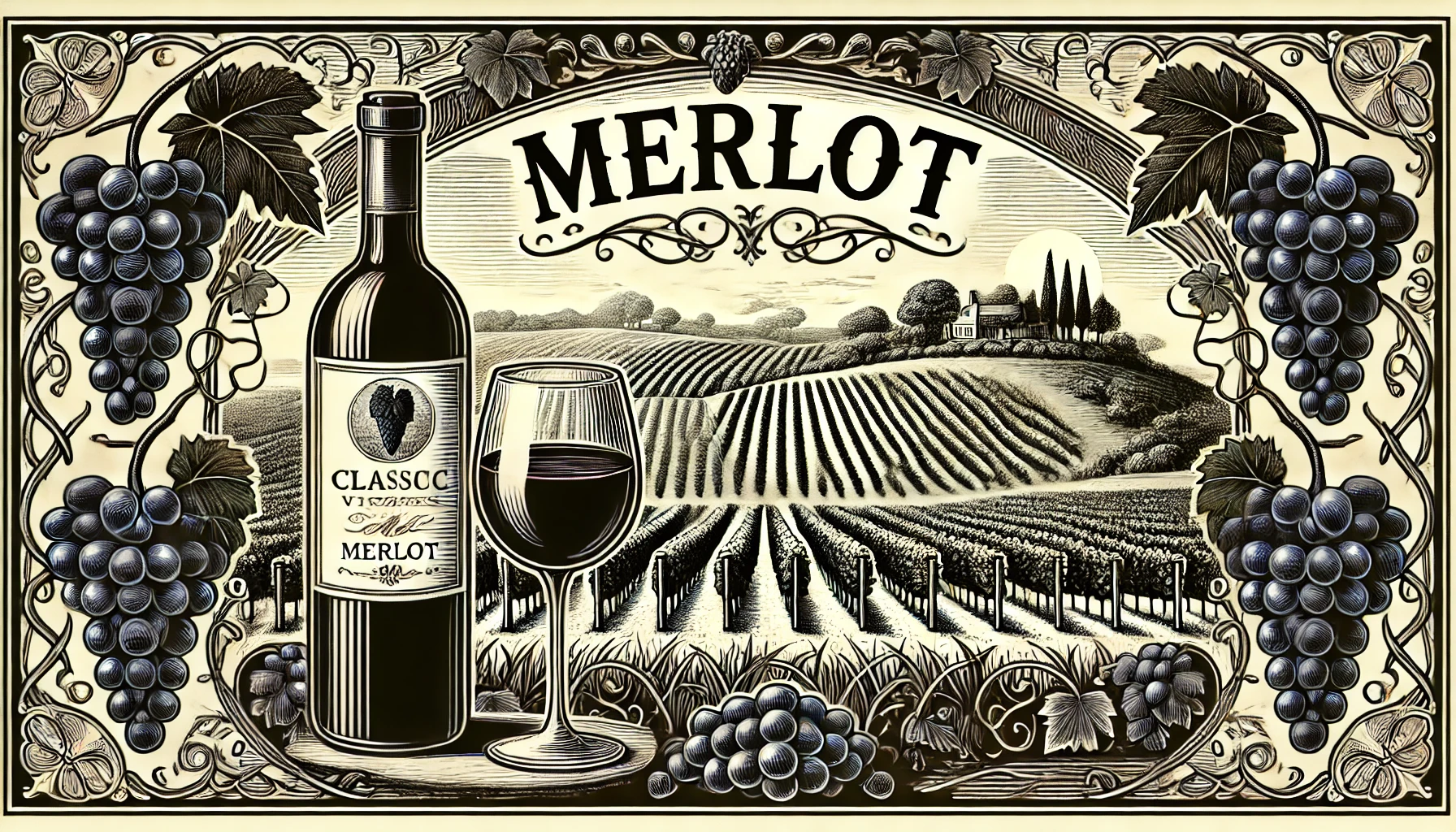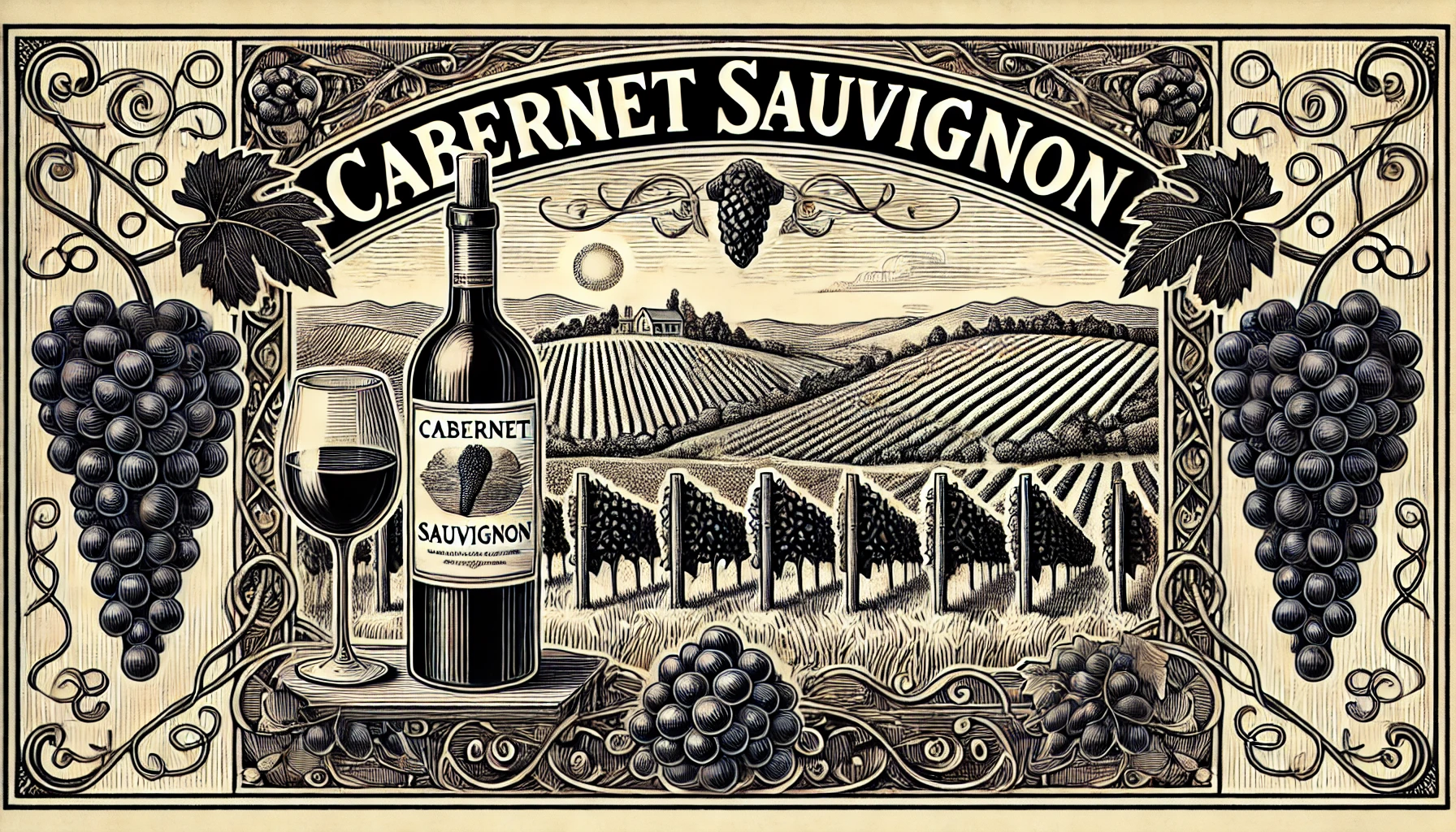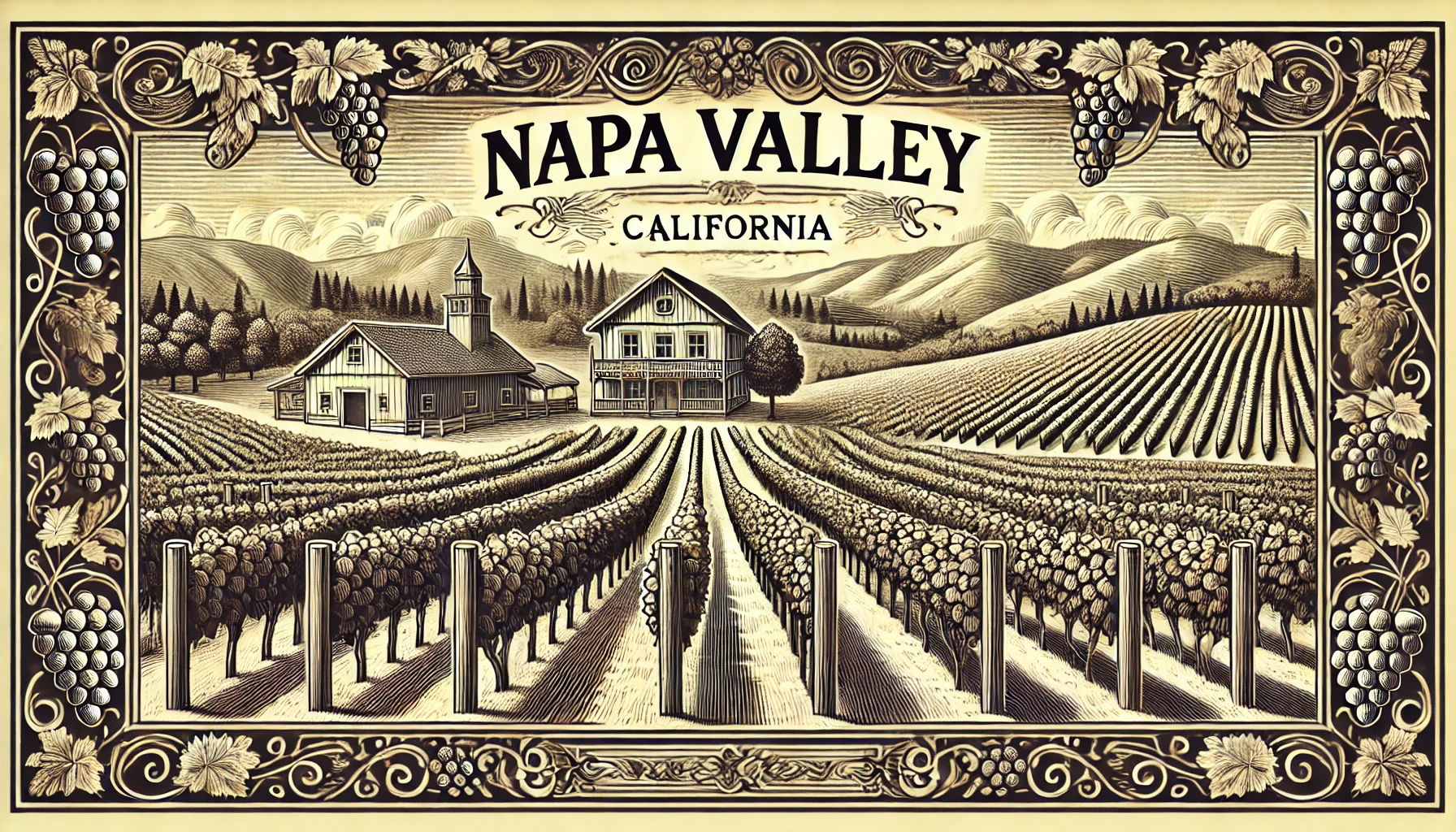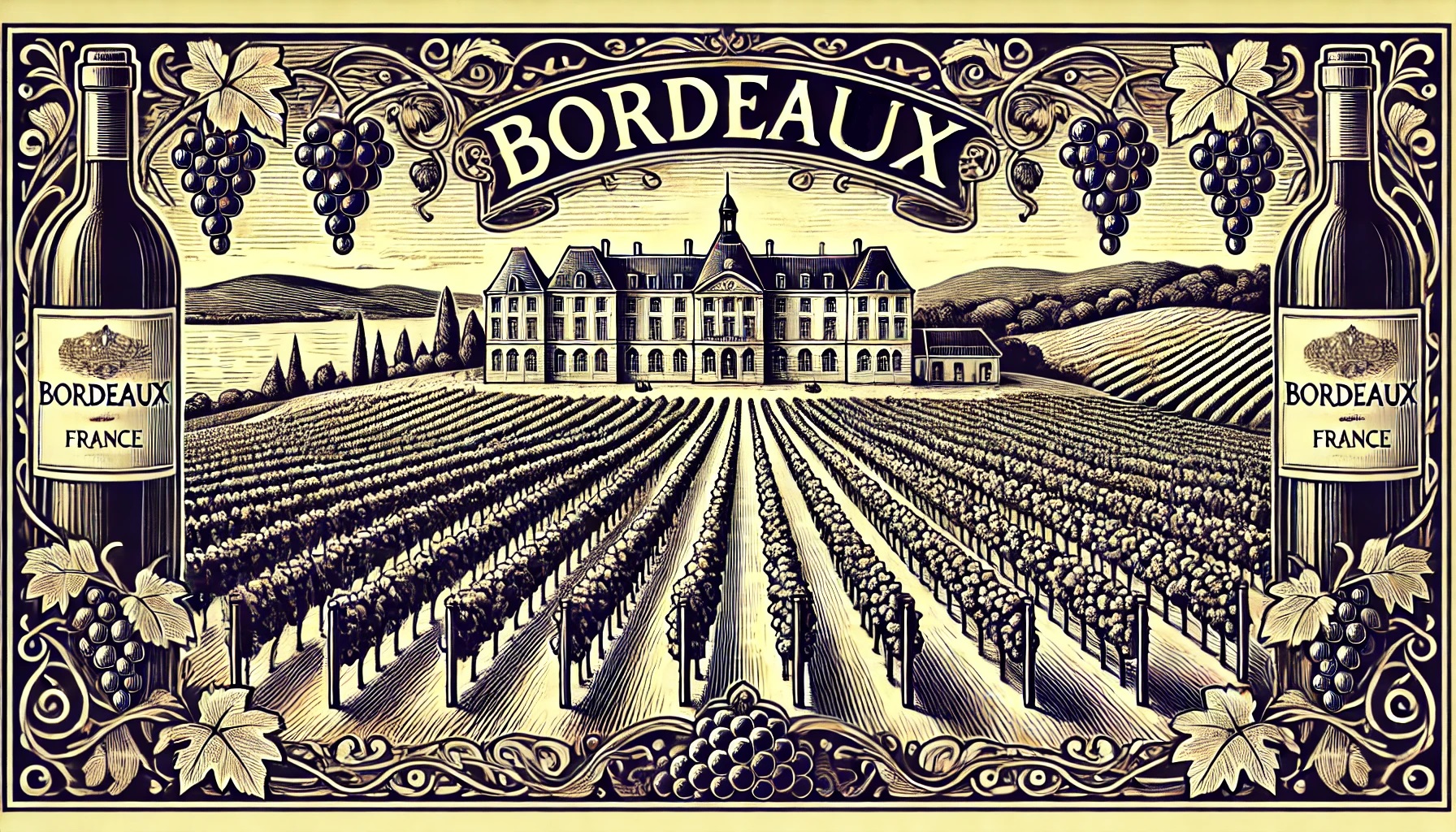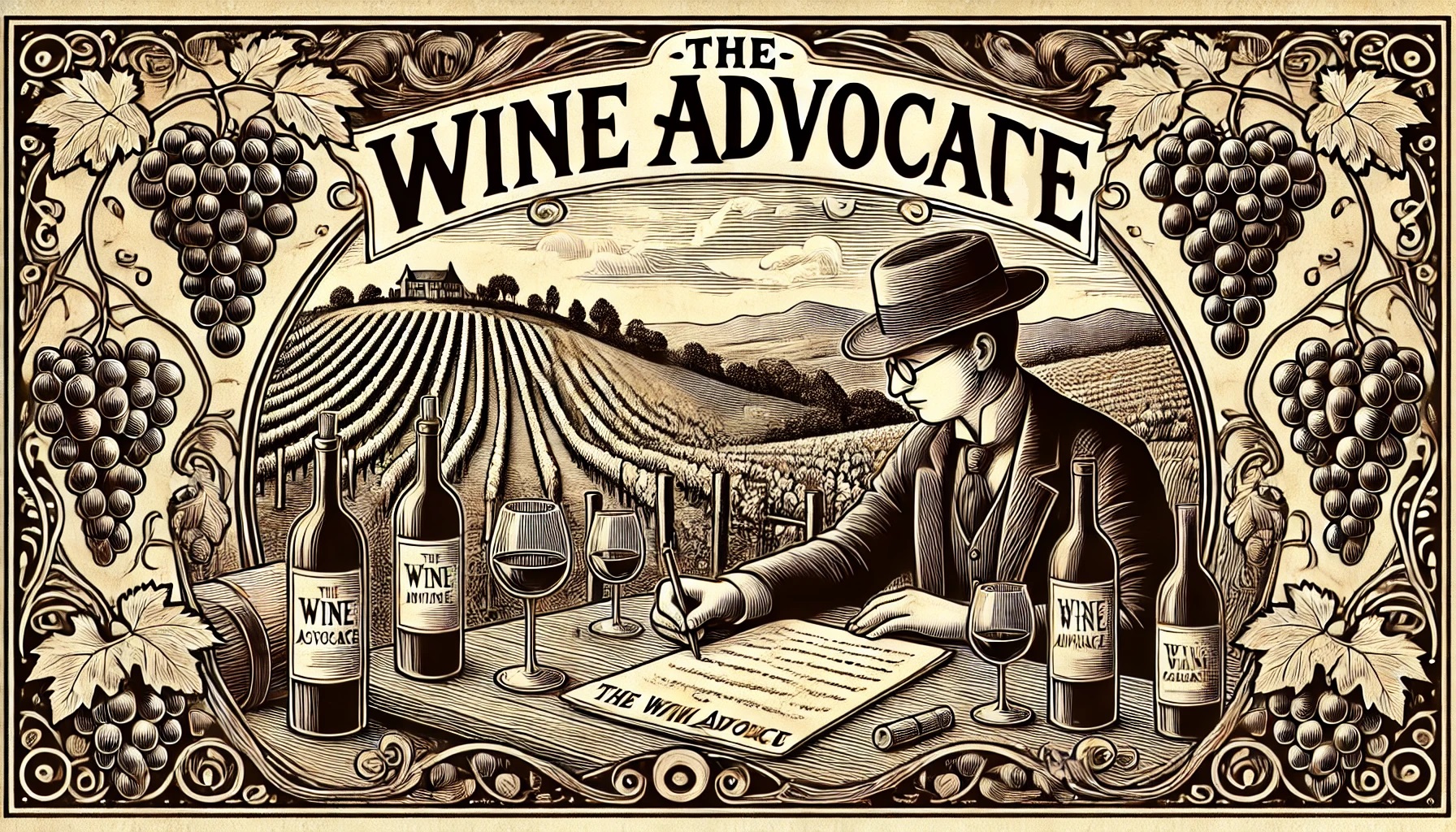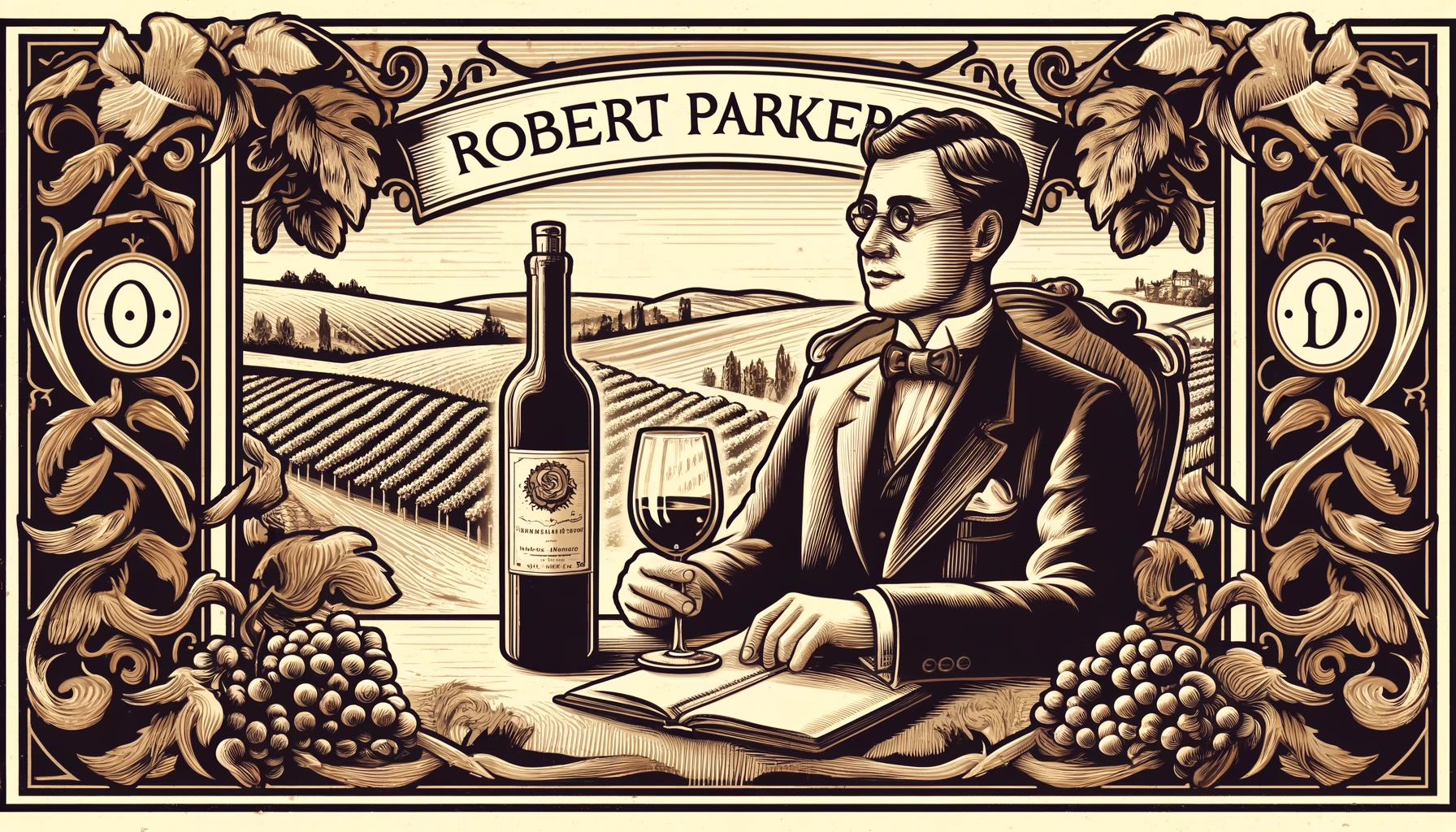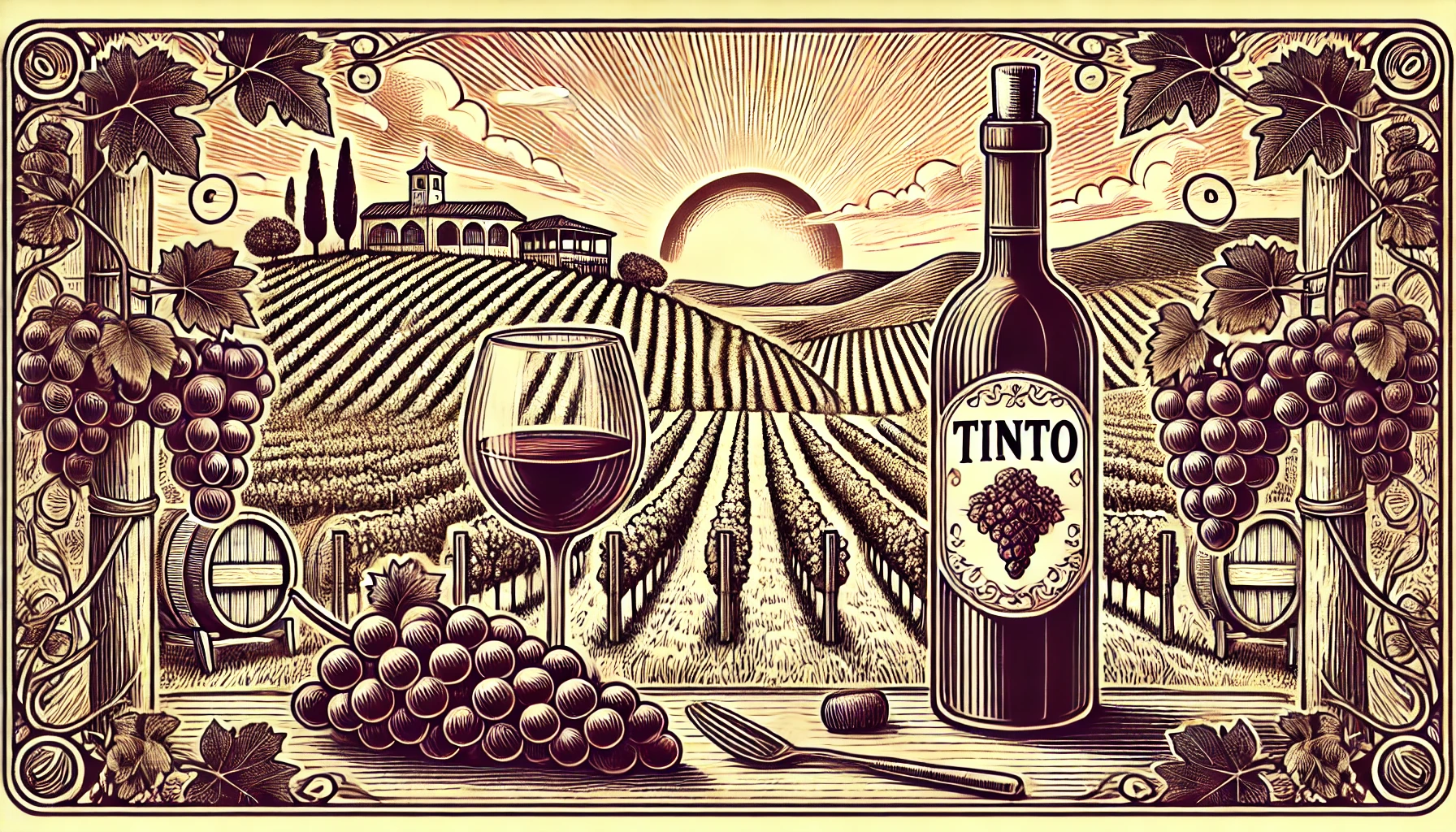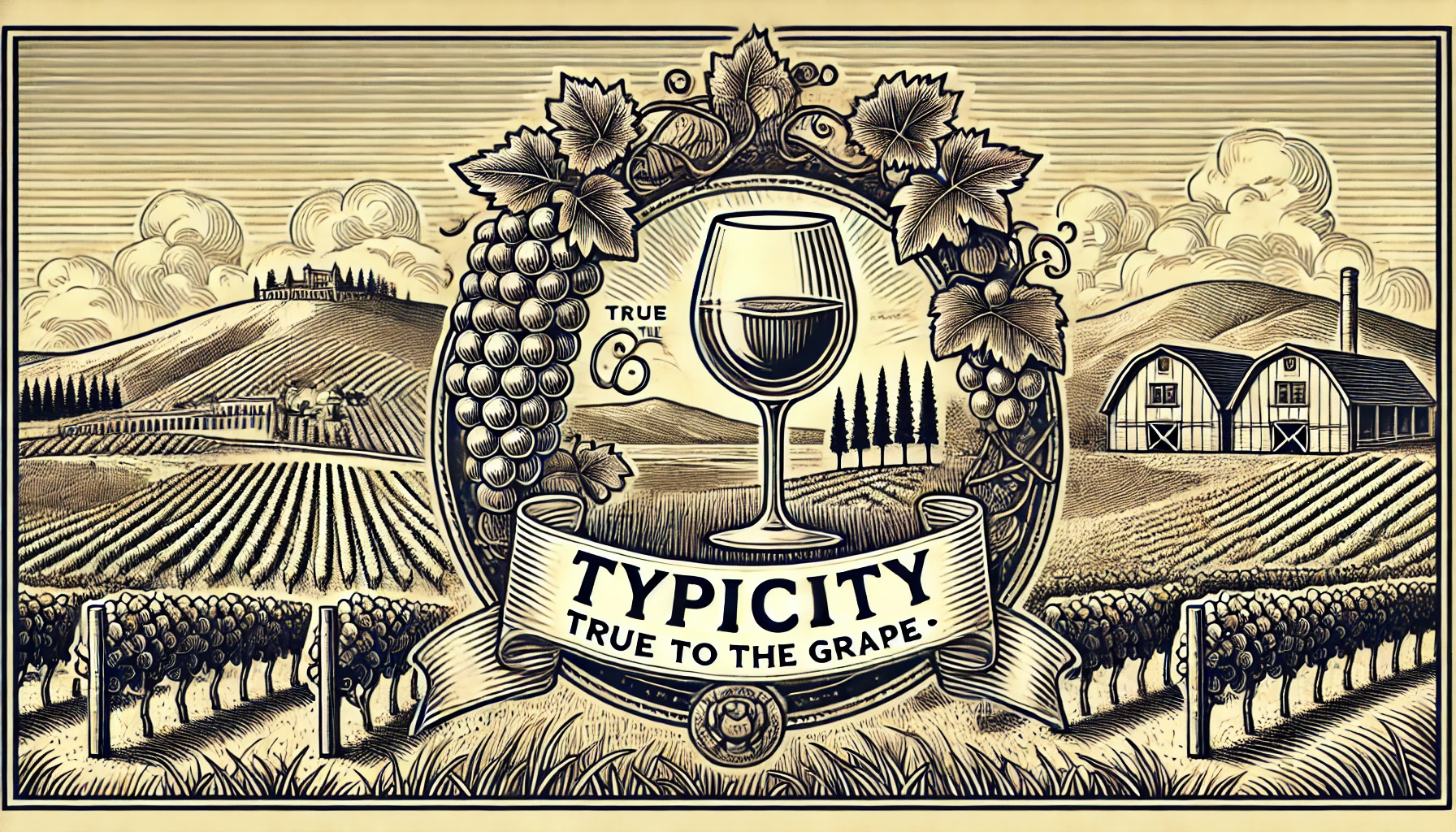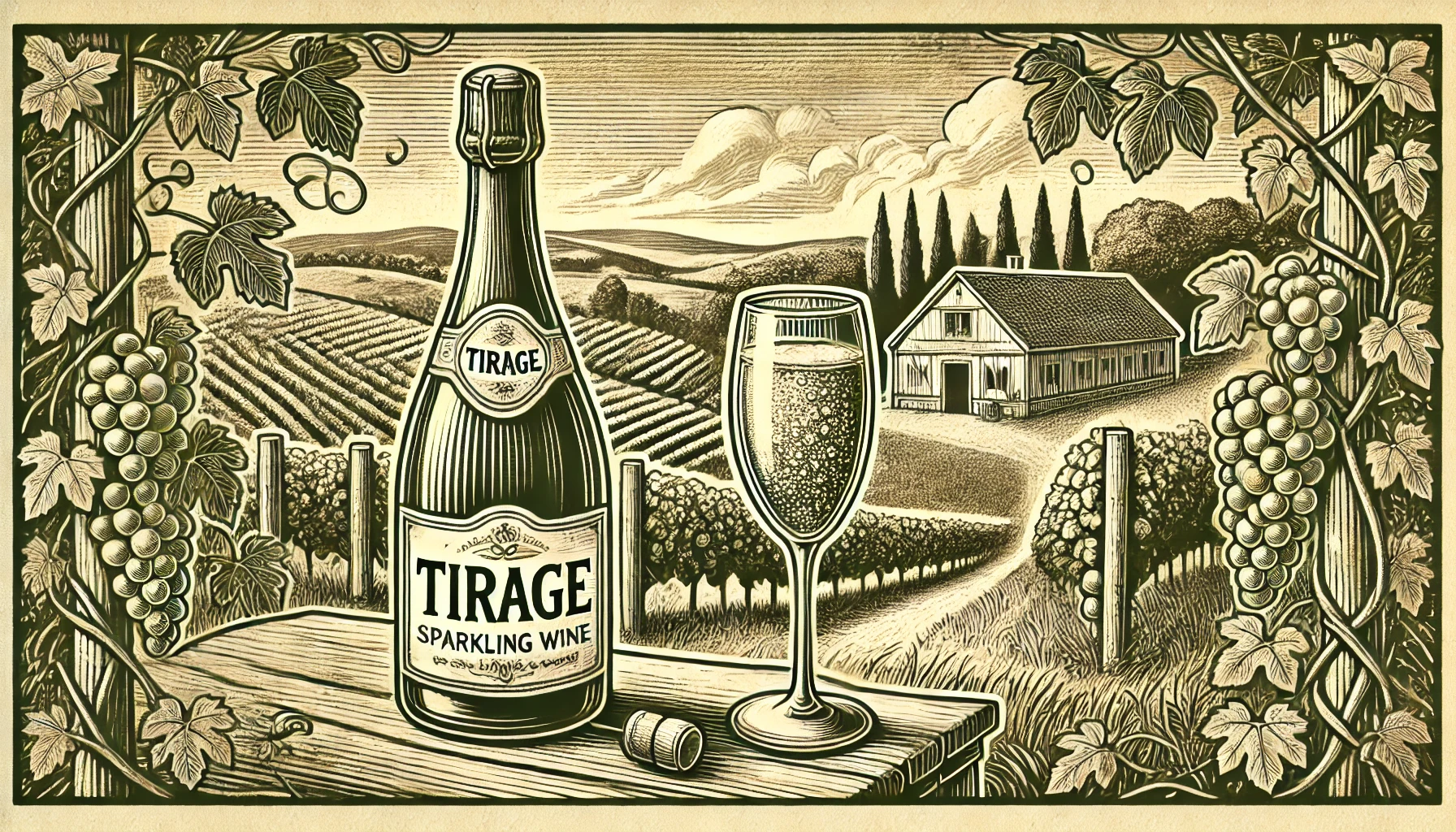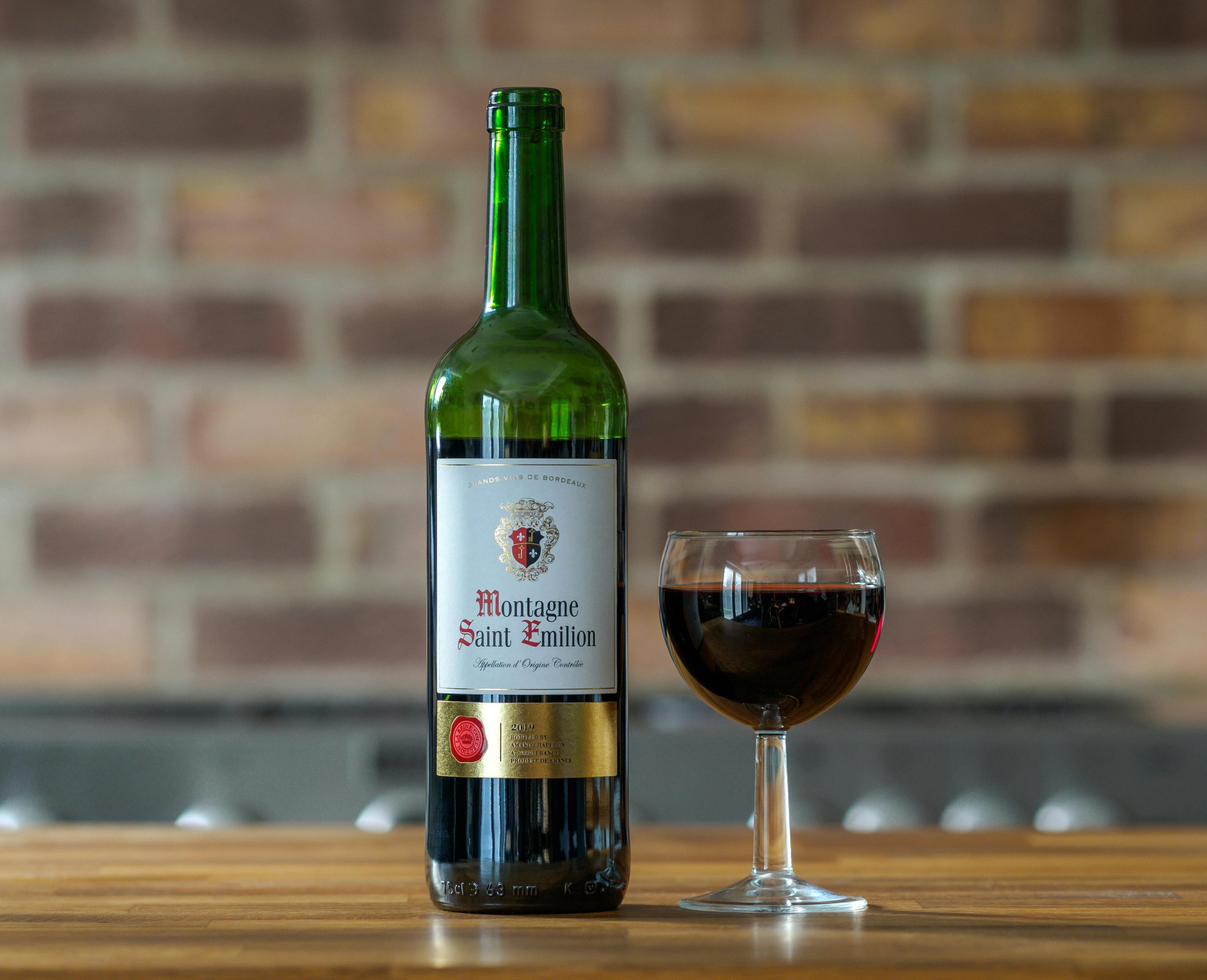
The Montagne Saint-Émilion 2019 is a classic representation of the Bordeaux region, showcasing the finesse and structure that has made this area world-renowned. Originating from the Montagne Saint-Émilion appellation—an extension of the famed Saint-Émilion area—this wine shares the terroir’s esteemed characteristics but offers a more accessible price point. The 2019 vintage shines with the balanced profile typical of the region’s right bank wines, making it a great pick for those who love a structured red with a touch of elegance.
First Impressions: In the Glass
Pouring a glass of the Montagne Saint-Émilion 2019, you’re immediately struck by its deep ruby hue, a shade that hints at its richness and depth. The wine catches the light beautifully, revealing a vibrancy that suggests it is still youthful yet full of promise. Swirl the glass, and it clings to the sides with a viscosity that hints at its moderate alcohol content, typical for the vintage.
Aromas: A Bouquet of Complexity
One of the delights of Montagne Saint-Émilion wines is their aromatic complexity, and the 2019 vintage delivers on that promise. On the nose, you’ll encounter an inviting blend of dark fruits—think ripe blackberries, plums, and black cherries. But the wine doesn’t stop there. As it opens up, secondary notes of cedar, tobacco leaf, and a hint of pencil shavings emerge, adding layers of sophistication. There’s also a subtle whiff of vanilla and spice, likely from its time aging in oak barrels.
This wine truly benefits from a little aeration. After a few minutes in the glass or a quick decant, more earthy tones make their appearance—think forest floor and a touch of graphite, adding depth to the fruity core. The overall aromatic profile is balanced, with the fruit-forward notes in perfect harmony with the more nuanced earthy and spicy elements.
On the Palate: Structured Yet Supple
Taking that first sip, the Montagne Saint-Émilion 2019 immediately showcases its Bordeaux heritage. The mouthfeel is smooth and medium to full-bodied, with a velvety texture that coats the palate. The fruit flavors you noticed on the nose come to life—juicy black cherries and plums burst forward, while blackcurrant lingers in the background.
What makes this wine particularly enjoyable is its balance. The tannins are present but well-integrated, providing structure without overwhelming the palate. They add a firm backbone that suggests this wine can age gracefully for a few more years. The acidity is bright yet gentle, giving the wine a freshness that keeps it from feeling heavy and makes it an ideal companion for a variety of dishes.
Mid-palate, the oak influence reveals itself subtly with hints of vanilla, baking spices, and a touch of cocoa. The finish is long and satisfying, leaving behind a pleasant warmth and a trace of mineral notes, reminiscent of the clay-limestone soils of the Montagne Saint-Émilion vineyards.
Pairing Suggestions: A Food Lover’s Friend
The Montagne Saint-Émilion 2019 is versatile when it comes to food pairings, making it a great choice for dinners that range from casual to sophisticated. Its structured tannins and dark fruit profile make it an excellent companion for hearty dishes like roasted lamb, beef bourguignon, or a classic steak frites.
For those who prefer poultry, try pairing it with duck breast or a coq au vin, as the wine’s acidity can cut through the richness of these dishes beautifully. Vegetarians will find this wine pairs wonderfully with a wild mushroom risotto or a roasted vegetable tart. And for a simpler evening, a plate of aged cheeses like Comté or Gouda can make for a delightful pairing, allowing the wine’s nuanced flavors to shine through.
A Closer Look at the 2019 Vintage
The 2019 vintage in Bordeaux was generally considered excellent, marked by warm, dry conditions throughout the summer. This weather allowed grapes like Merlot, which often dominates the blends of Montagne Saint-Émilion, to reach optimal ripeness. As a result, the 2019 Montagne Saint-Émilion displays an impressive concentration of fruit, balanced by the freshness typical of Bordeaux wines.
In Montagne Saint-Émilion, the combination of limestone and clay soils contributes to the wine’s characteristic minerality and structured tannins. This terroir allows the Merlot and Cabernet Franc varietals to thrive, imparting the wine with both richness and a refined complexity. The 2019 vintage benefits from this balance, offering approachability in its youth while also having the potential for further development over the next 5-7 years.
Final Thoughts: A Right Bank Gem
Montagne Saint-Émilion 2019 is a stellar example of what this appellation can offer. It provides a taste of classic Bordeaux without the high price tag that often comes with wines from the main Saint-Émilion appellation. Its combination of ripe fruit, elegant structure, and a touch of oak makes it a delightful option for those looking to explore the Bordeaux region’s offerings or to simply enjoy a high-quality wine at a great value.
This wine shines both as a stand-alone sipper and as a dining companion, making it a must-try for anyone with a love for Bordeaux blends. Its approachable yet complex nature makes it a crowd-pleaser at gatherings and a rewarding choice for a cozy night in.
With its charm and complexity, the Montagne Saint-Émilion 2019 brings a little taste of Bordeaux into your glass, offering both elegance and comfort with each drop. Whether you’re a seasoned wine lover or just starting your journey into the world of reds, this bottle is sure to leave a lasting impression.
